Walwood Hall and Union
Introduction
Text-to-speech Audio
User Note: Use the crosswalk to cross Oliver Street and then use the other crosswalk to cross Oakland Drive. Follow the sidewalk towards the doors of Walwood Union and then turn left. Continue to follow the sidewalk around the building until you reach the front entrance/courtyard.
Prior to the late 1930s, there were no on-campus residence halls for students to live in during the academic year, which meant that students and faculty had to commute from the surrounding neighborhoods. The land that was purchased for the new dormitory was already home to six residential homes, which Western acquired and used for housing. In 1938, the new women’s residence hall was constructed and accommodated up to 115 women. Later named Walwood Hall, the building also included a Union space for student body social activities and offices. Walwood Hall and Union continued to be a social center for Western throughout the 1900s.
See below for more information
Images

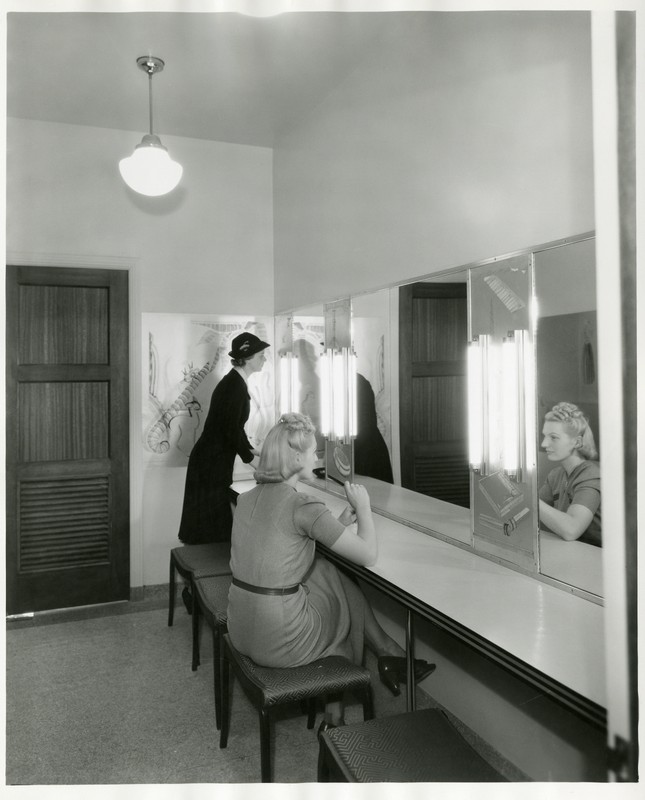
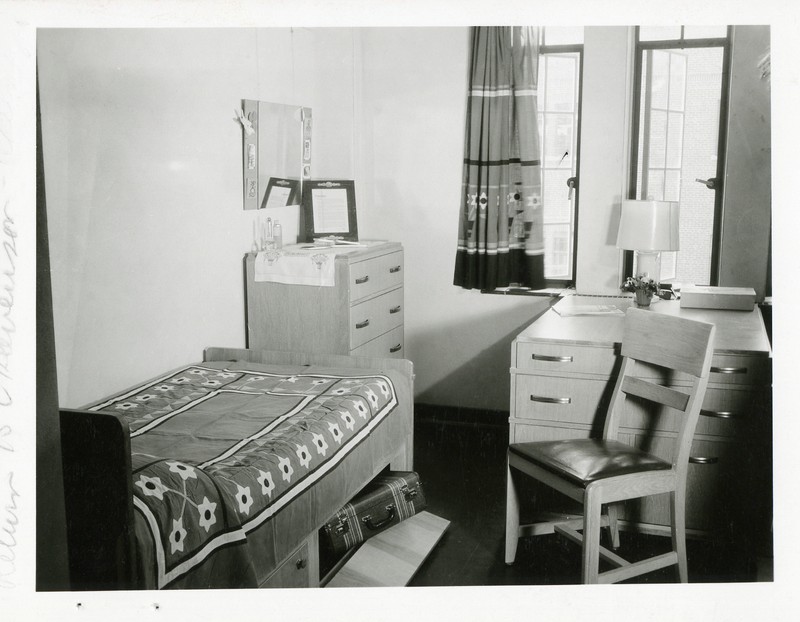

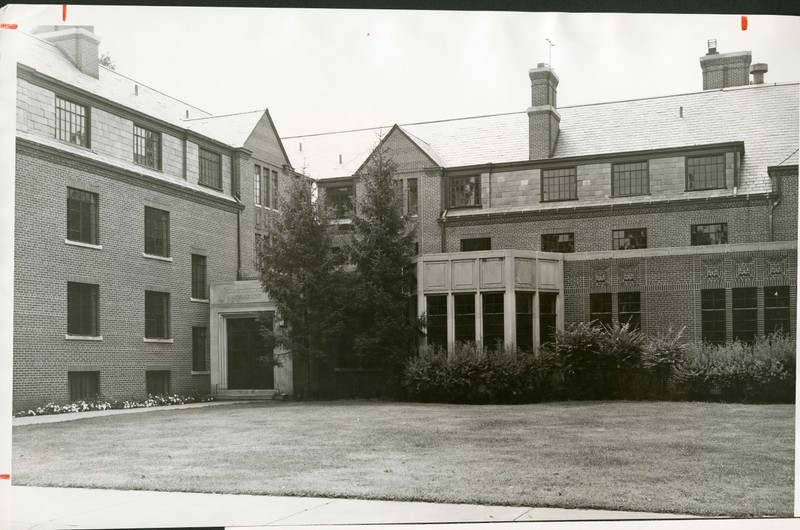
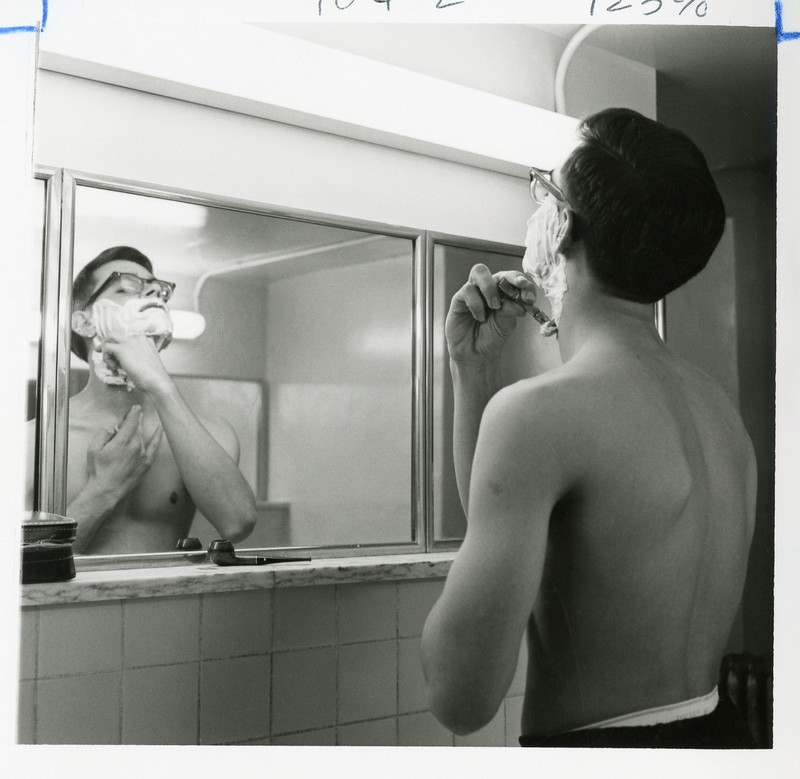

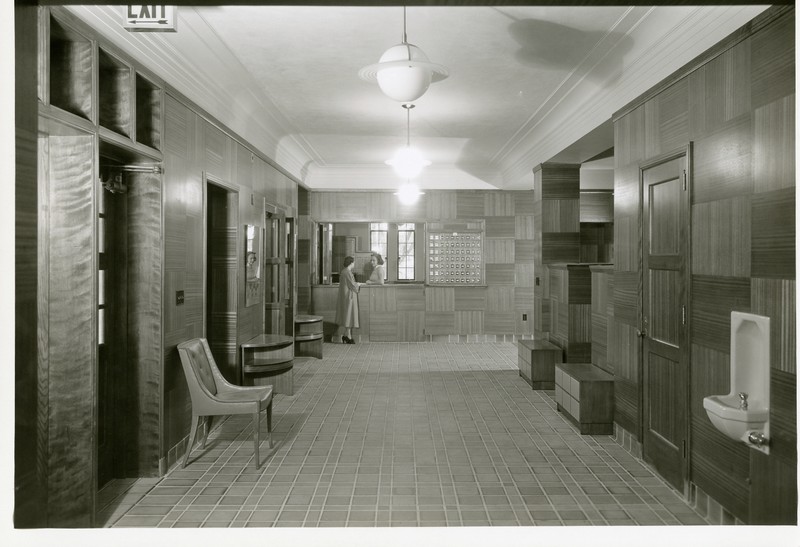
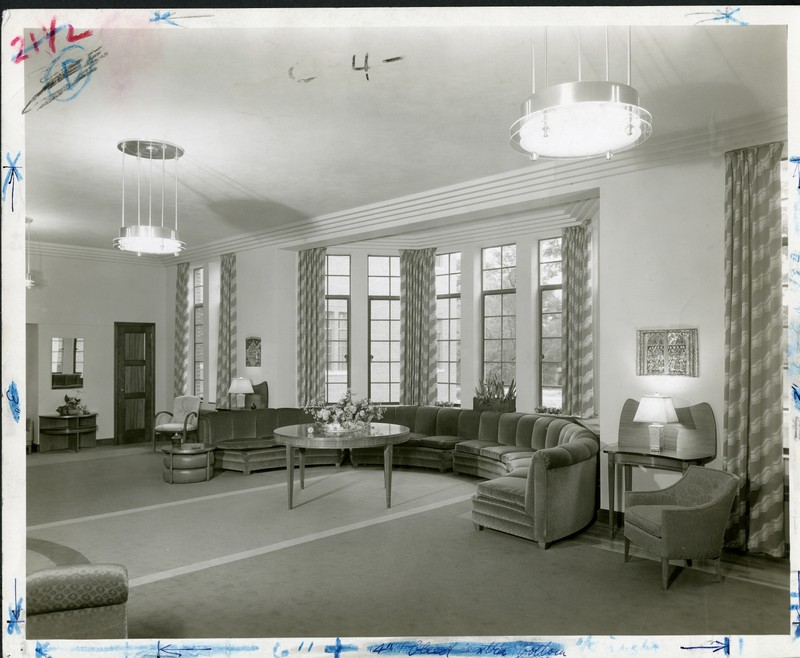
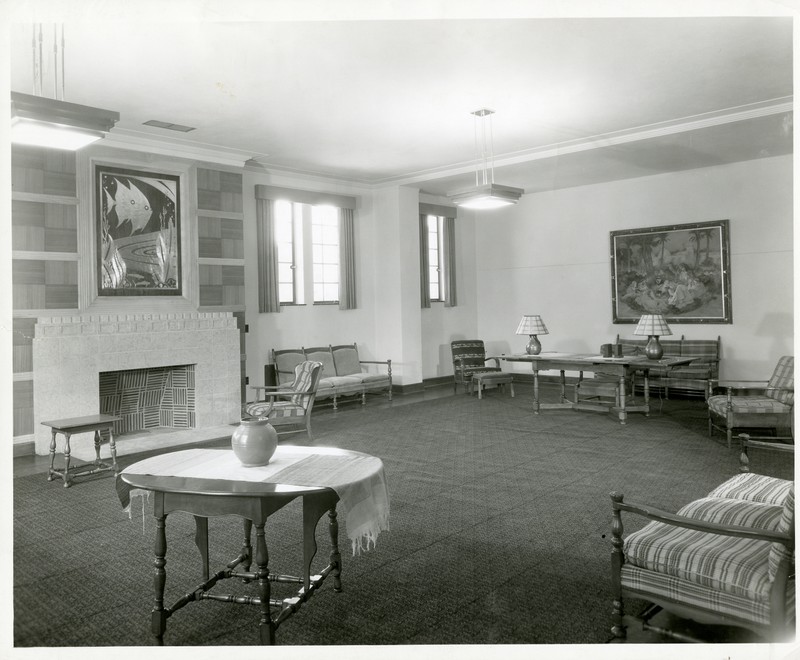
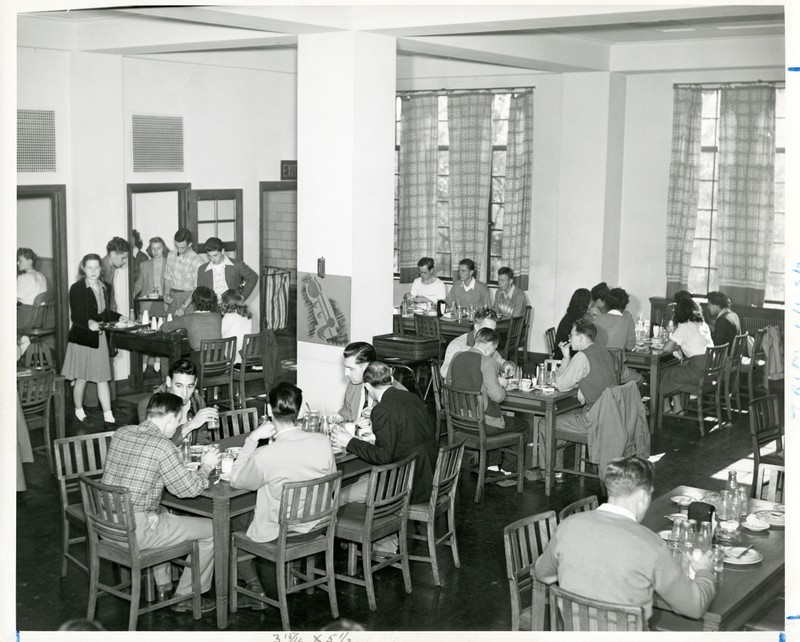
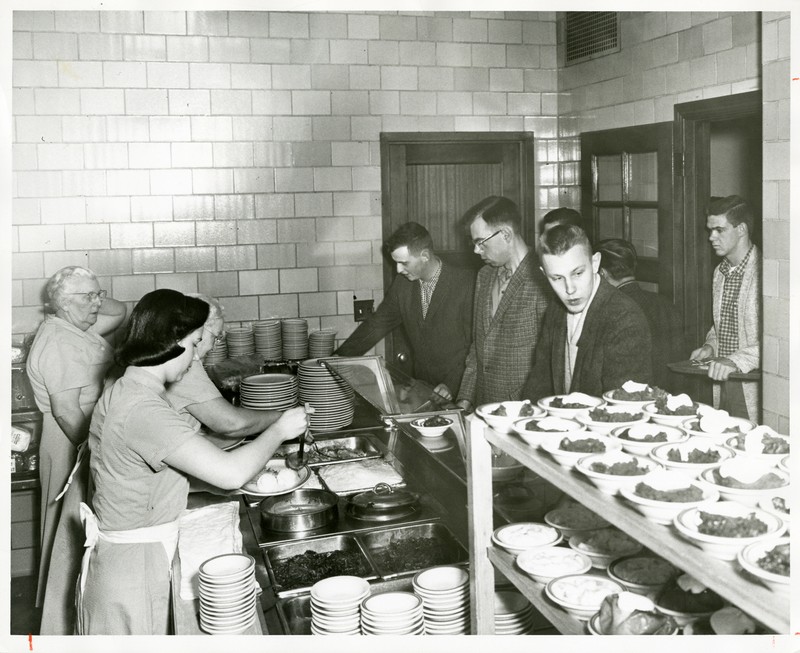
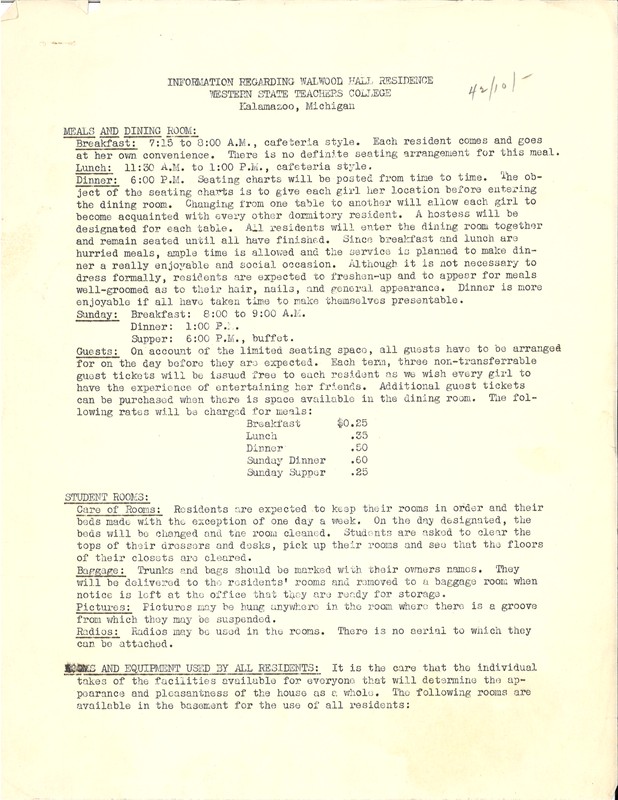
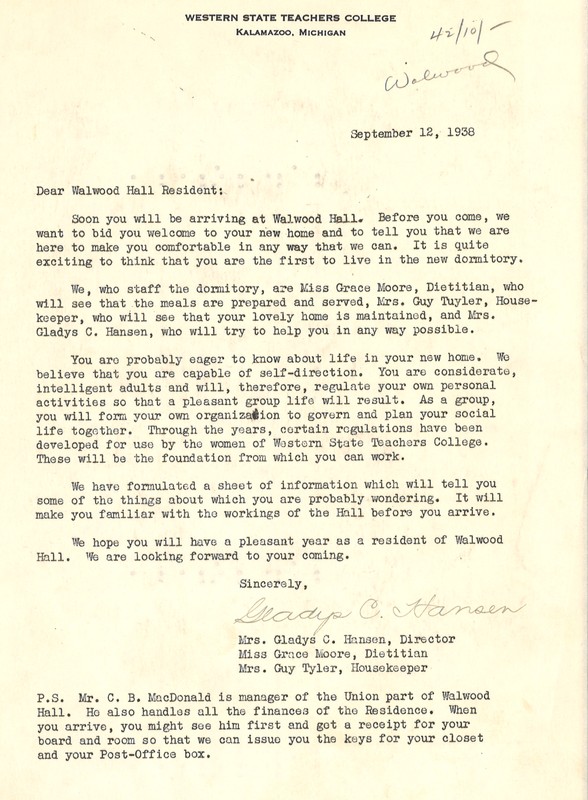
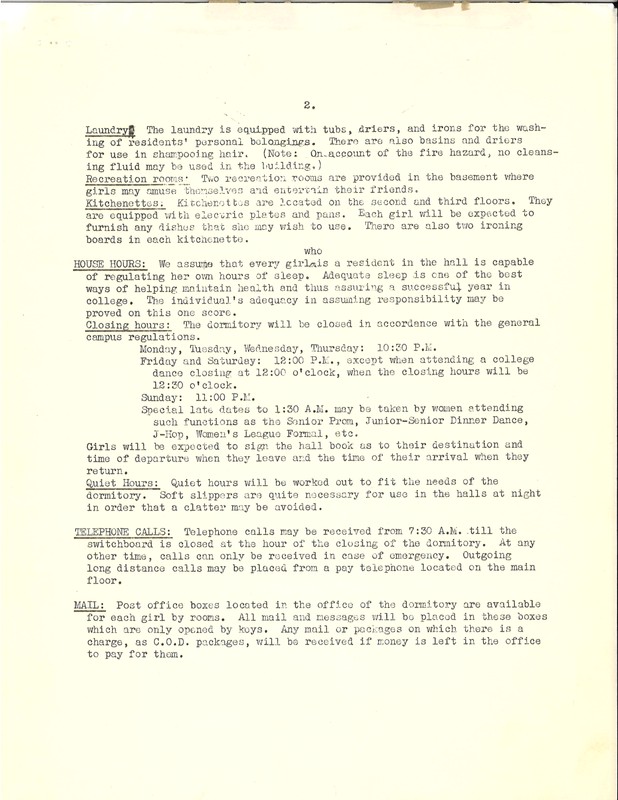
Backstory and Context
Text-to-speech Audio
In 1937, plans began forming for the construction of the first residence hall on Western’s campus, which would be dedicated for women. Before this, students and faculty had to find residence in the surrounding neighborhoods and trek up Prospect Hill to get to campus. The land that was selected for the new structure was the former home of the Fletcher Sanitarium, also known as the Kalamazoo Medical and Surgical Sanitarium, which burned down in 1914. The land also featured six homes along a street that ran up the hill, which was later named Walwood Place.
The construction of Walwood Hall and Union marked the beginning of a new form of financing through self-liquidating bonds, which would later be the standard for new constructions on campus. The exterior of the building is inspired by the late Gothic Revival architectural style and features a slate roof adorned with roof dormers and corbelled chimneys. It was named after Western’s first president, Dwight B. Waldo, and the first head of the geography and geology department, Leslie H. Wood.
The interior of the Union featured a Women’s League room, two Men’s Union rooms, a Student Council room, a soda fountain, a powder room, and a ballroom with a stage on the second floor. Walwood Hall continued to house residents until 1992 when it was renovated for office spaces.
Today, Walwood Hall and Union is home to the WMU Foundation office, School of Public Affairs, Office of the Vice President for Research, the Medieval Institute, and the Graduate College.
Sources
Massie, Larry B. Brown and Golden Memories: Western Michigan University's First Century. Kalamazoo, MI: Western Michigan University, 2003.
“Guided Tour Binder.” Kalamazoo: Heritage Hall Alumni Center, n.d.
Weir, Lynne B., York, MaryGrace, “Western State Normal School Historic District,” National Register of Historic Place Registration Form (Washington, DC: U.S. Department of the Interior, National Park Service, 1989)
“Start Work on Women's Dormitory, Social Center.” The Teachers College Herald. January 26, 1938, Vol. XXII, #15.
“Walwood Hall, Dedication, WSTC Homecoming, Combined in Big Program.” Kalamazoo Gazette, September 25, 1938.
“East Campus Historic District,” National Register of Historic Places Continuation Sheet (Washington, DC: U.S. Department of the Interior, National Park Service, 1978), Section 7.
“Walwood Hall, WSTC Campus Addition, New Student Social Center.” Kalamazoo Gazette, September 25, 1938.
“Walwood Hall Becomes Men's Dorm in September.” Western Herald. May 20, 1955.
University Libraries. Rep. Campus Building Inventory - Yearly Summary, n.d.
Carlson, Sharon; Glatz, Jason, WMU Facilities Management. “WMU Campus History” [storymap], https://campus-history.library.wmich.edu/index.html. (Accessed February 17, 2022)
